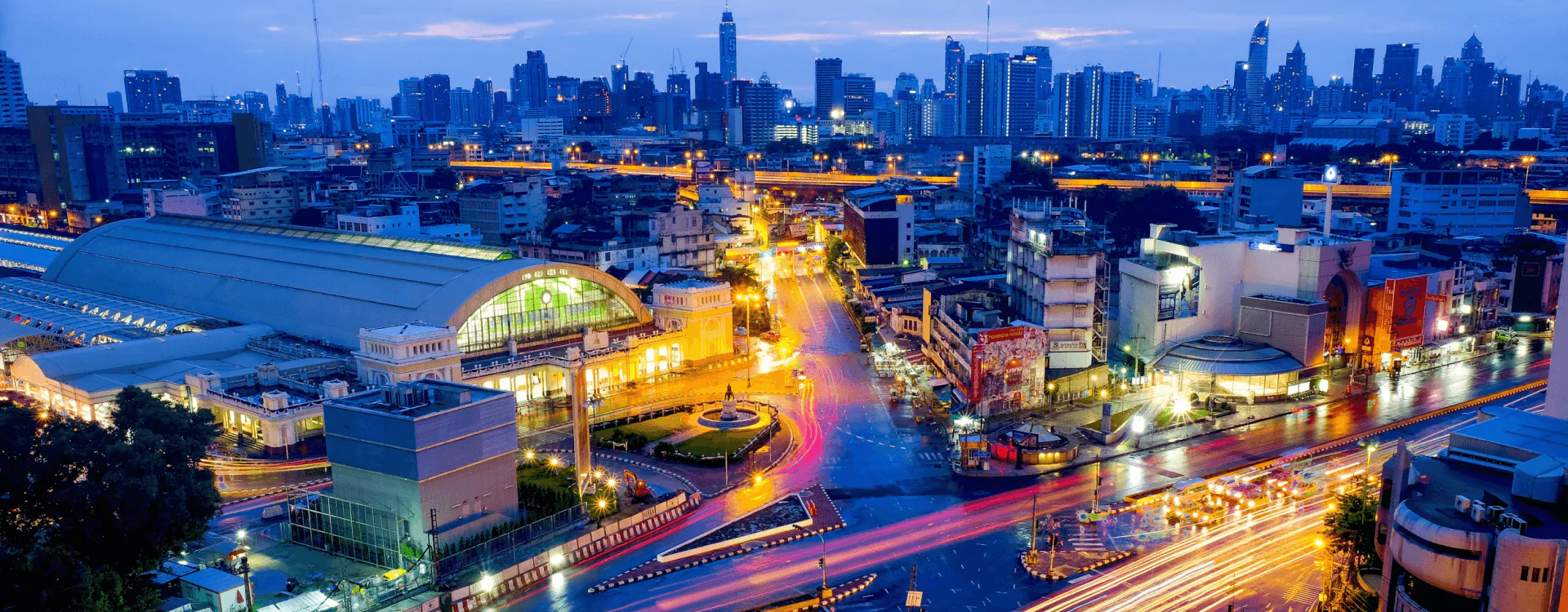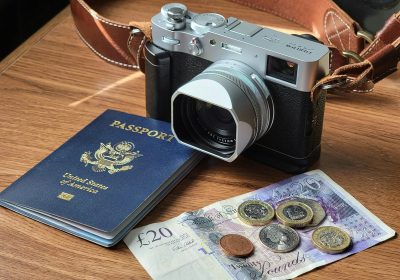Planning a trip to Bali? Before diving into your itinerary and booking that dreamy villa, there’s one practical thing you absolutely need to sort out: your visa.
This guide will walk you through exactly what kind of visa (if any) you need, how to get it, and how to avoid the usual travel headaches.
Do You Need a Visa for Bali?
For many travelers, the answer is no — at least not in advance. If you’re from countries like the United States, Australia, the United Kingdom, much of Europe, and several parts of Asia, you can either enter visa-free or get a visa on arrival.
But the type of visa you need depends on your nationality, how long you plan to stay, and what your travel intentions are. Always double-check with an official Indonesian immigration source or your local Indonesian embassy before traveling.
Types of Bali Visas Explained
Here are the most common visa options for tourists:
Visa-Free Entry (30 days, non-extendable):
Available to citizens of certain countries. You don’t pay anything or fill out paperwork — just arrive and go. This option is perfect for short trips.
Visa on Arrival (VOA, 30 days, extendable once):
This is the most common option for tourists from countries not eligible for visa-free entry. You pay around IDR 500,000 (about $35 USD) and can extend your stay once for an additional 30 days.
Tourist Visa (B211A – 60 days):
For travelers wanting to stay longer or travel with more flexibility. You must apply in advance through a sponsor or agent. Some remote workers or long-term travelers use this option.
How to Apply for a Visa on Arrival
If you’re planning to use the visa on arrival, here’s how it works:
- Land at Ngurah Rai International Airport (Denpasar).
- Go to the Visa on Arrival payment counter before immigration.
- Pay the fee with your credit card or cash.
- Collect your receipt and proceed to the immigration line.
You can also pay online before your flight via Indonesia’s e-visa portal to save time at the airport.
Visa Extension Process
If you arrive in Bali with a visa on arrival and decide to stay longer than 30 days, you can extend it once.
To extend your visa:
- Start the process at least 7 to 10 days before your initial 30 days expire.
- Visit a local immigration office, or better yet, use a visa agent to help with the process.
- Expect to visit the immigration office once for biometrics and allow around 5 to 7 business days.
The extension gives you an extra 30 days, bringing your total stay to 60 days.
Visa-Free Countries
As of 2025, here are some of the countries that qualify for visa-free entry into Indonesia:
- All ASEAN countries (Singapore, Thailand, Malaysia, Philippines, etc.)
- Japan and South Korea
- Most EU countries
- Australia, New Zealand, the United States, and the United Kingdom
Each traveler must have a passport valid for at least six months from the date of arrival.
Visa-free entry cannot be extended. If you’re planning to stay longer, go for the visa on arrival instead.
Common Mistakes to Avoid
- Don’t overstay your visa. Even one extra day can result in a fine of IDR 1,000,000 per day.
- Don’t try to extend a visa-free stay — it’s not allowed.
- Make sure your passport is valid for at least six months upon arrival in Indonesia.
- If you plan to extend your visa on arrival, don’t wait until the last minute to start the process.
Bali makes it pretty easy for most tourists to enter, whether through visa-free access or a simple visa on arrival. Just make sure you know your options before you fly. A little preparation goes a long way in avoiding airport stress and letting you focus on what really matters — soaking up the island life.
Need help with another part of your Bali planning? Let me know what you’re curious about next.





















